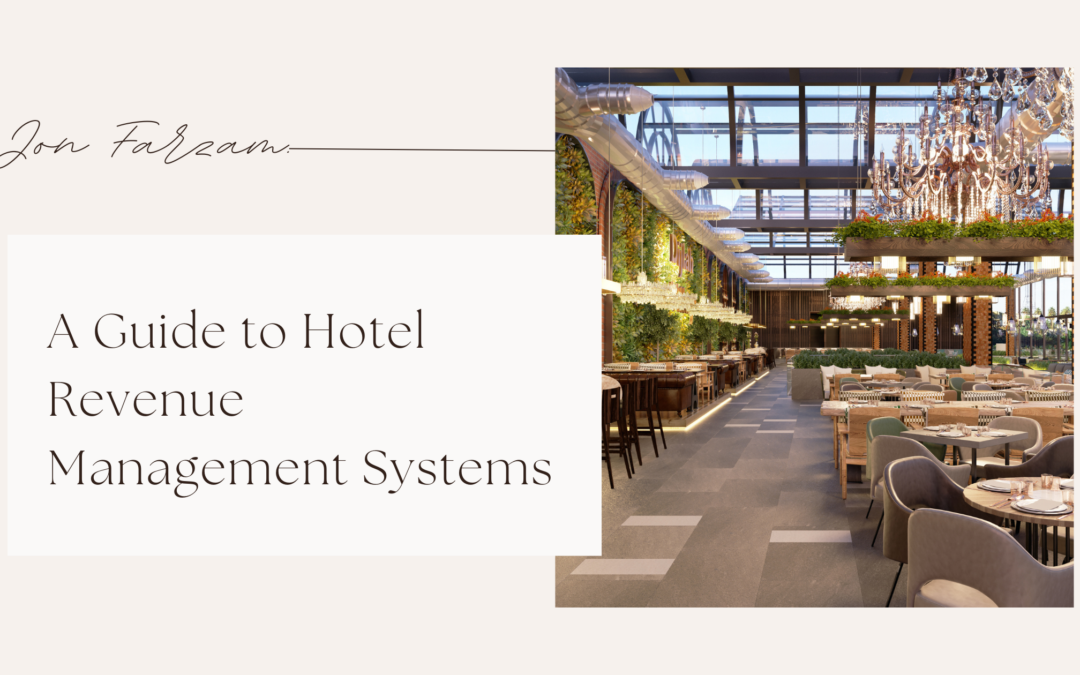In today’s competitive hospitality industry, maximizing revenue is crucial for hotels of all sizes. One of the most effective ways to achieve this is through the use of Hotel Revenue Management Systems (RMS). These systems leverage data, technology, and market trends to optimize room pricing and availability. This guide will walk you through what RMS is, its features, and how it can help hotels stay ahead in the ever-evolving market.
What is a Hotel Revenue Management System?
At its core, an RMS is software designed to help hotels make data-driven decisions about room pricing and inventory management. By analyzing factors like booking trends, seasonal demand, and competitors’ pricing, RMS helps hotels determine the best rates for maximizing both occupancy and profit. Gone are the days of static pricing; with RMS, hotels can adjust rates dynamically, ensuring they always stay competitive.
Key Features of Hotel Revenue Management Systems
- Dynamic Pricing
One of the standout features of an RMS is dynamic pricing. Unlike traditional pricing methods, which remain constant over time, dynamic pricing adjusts room rates in real-time based on factors like current occupancy, local events, and competitor prices. This allows hotels to capitalize on high-demand periods and fill rooms during slower times. - Demand Forecasting
RMS uses historical data, booking patterns, and external factors to predict future demand. Accurate forecasting enables hotels to adjust pricing and promotional strategies in advance, ensuring they are prepared for upcoming demand shifts. For example, during holidays or large events, an RMS can anticipate higher demand, allowing hotels to adjust pricing accordingly. - Channel Management
RMS integrates with multiple booking channels such as OTAs (Online Travel Agencies), direct bookings, and third-party platforms. It ensures consistent pricing across all channels while maximizing exposure. This feature is crucial for hotels that want to avoid overbooking or underpricing on any platform. - Automated Inventory Control
Managing room inventory manually can lead to errors like overbookings or missed revenue opportunities. RMS automates this process by adjusting room availability across all platforms based on real-time data. By doing so, it ensures that every room is sold at the optimal price, maximizing revenue.
The Benefits of Implementing an RMS
- Increased Revenue
An RMS helps hotels adjust rates to match current market conditions, ensuring they are always earning the maximum possible revenue. By using demand forecasting and dynamic pricing, hotels can capitalize on peak periods and avoid losses during low-demand times. - Operational Efficiency
Manually adjusting prices and monitoring inventory across multiple platforms can be time-consuming. RMS automates these tasks, freeing up staff to focus on guest services and other core operations. - Better Decision-Making
With real-time data at their fingertips, hotel managers can make informed decisions about pricing, promotions, and distribution strategies. This results in more accurate forecasting and a greater ability to adapt to market changes.
How to Choose the Right RMS for Your Hotel
Selecting the right RMS depends on your hotel’s size, needs, and budget. Look for features like scalability, ease of integration with your existing Property Management System (PMS), and user-friendly interfaces. Also, consider vendors that offer good customer support and regular updates to their system to keep pace with industry changes.
Hotel Revenue Management Systems have become a vital tool for hotels looking to maximize their profitability and streamline their operations. By automating key tasks such as pricing and inventory control, RMS allows hoteliers to make data-driven decisions that keep them competitive in a rapidly changing market. Investing in the right RMS can significantly improve both short-term revenue and long-term success.

